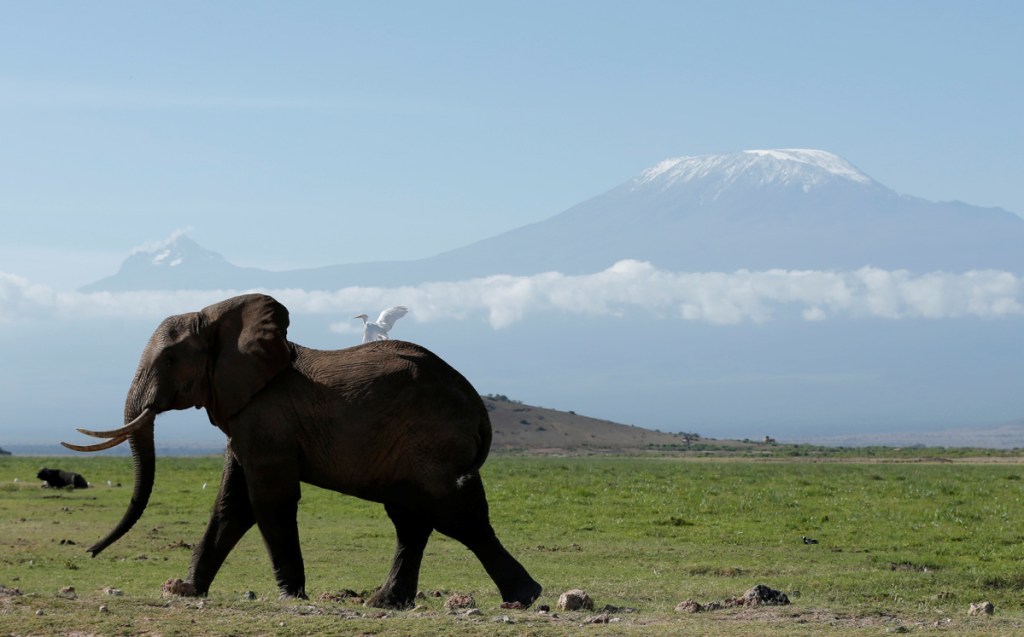WASHINGTON — War is hell for wildlife, too. A new study finds that wartime is the biggest threat to Africa’s elephants, rhinos, hippos and other large animals.
The researchers analyzed how decades of conflict in Africa have affected populations of large animals. More than 70 percent of Africa’s protected wildlife areas fell inside a war zone at some point since 1946, many of them repeatedly, they found. The more often the war, the steeper the drop in the mammal population, said Yale University ecologist Josh Daskin, lead author of a study in Wednesday’s journal Nature .
“It takes very little conflict, as much as one conflict in about 20 years, for the average wildlife population to be declining,” Daskin said.
The areas with the most frequent battles – not necessarily the bloodiest – lose 35 percent of their mammal populations each year there’s fighting, he said.
Although some animals are killed in the crossfire or by land mines, war primarily changes social and economic conditions in a way that make it tough on animals, said study co-author Rob Pringle, an ecologist at Princeton University.
People in and near war zones are poorer and hungrier. So they poach more often for valuable tusks or hunt protected animals to eat, Pringle said. Conservation programs don’t have much money, power or even the ability to protect animals during wartime, Pringle said.
Most of the time, some animals do survive wars. Researchers found animal populations completely wiped out only in six instances – including a large group of giraffes in a Ugandan park between 1983 and 1995 during two civil wars.
Other studies have looked at individual war zones and found animal populations that shrink and others that grow. For example, the demilitarized zone between North and South Korea is great for wildlife because it has “acted almost as a de facto park for almost seven decades,” Daskin said.
The new study covered the entire continent over 65 years. The researchers looked at 10 different factors that could change population numbers, including war, drought, animal size, protected areas and human population density.
The number of wars had the biggest effect on population while the intensity of the wars – measured in human deaths – had the least.
Copy the Story LinkSend questions/comments to the editors.



Success. Please wait for the page to reload. If the page does not reload within 5 seconds, please refresh the page.
Enter your email and password to access comments.
Hi, to comment on stories you must . This profile is in addition to your subscription and website login.
Already have a commenting profile? .
Invalid username/password.
Please check your email to confirm and complete your registration.
Only subscribers are eligible to post comments. Please subscribe or login first for digital access. Here’s why.
Use the form below to reset your password. When you've submitted your account email, we will send an email with a reset code.